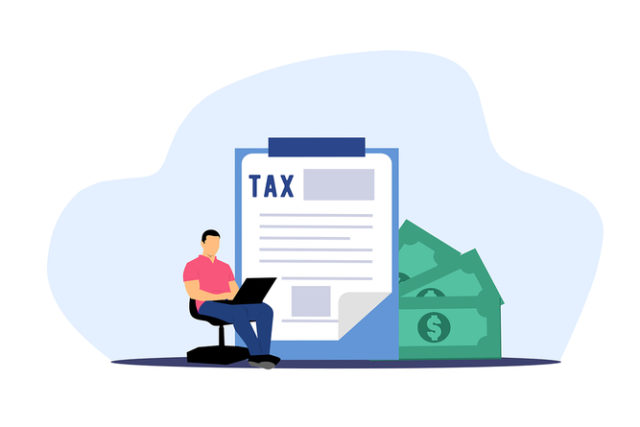Whether you are a salaried individual or self-employed, you need to pay the tax as per rules framed by the Income Tax Act, of 1961. There are different tax slabs determined by the IT Act. The tax rates depend on the different slabs of tax determined by the Income tax dept. In this chapter, we will try to understand the New Tax Regime introduced by the IT dept.
What is New Tax Regime?
The New Tax Regime was launched in 2020 during the budget. It was made effective from April 2021. But it was not mandatory but an option for taxpayers to pay the tax. Many changes were brought by Finance Minister Nirmala Sitharaman in New Tax Regime in budget 2023 to make it more acceptable to taxpayers.
Now the New Tax Regime becomes the default option to assess your tax liability. If you want to opt for the old tax regime then you need to manually select the same.
Budget 2023 and New Tax Regime
In budget 2023, many new changes were brought in the New Tax Regime by the government. The main purpose behind the new tax regime is to make the process of tax calculation less complicated. Many people find the task of calculating tax quite complicated. For them claiming the deduction and all is a very tedious job. Through the New Tax Regime, you can reduce your tax burden even without claiming the deduction and all.
Let’s understand a bit about new changes brought in New Tax Regime in Budget 2023: –
- The number of tax slabs in the New Tax Regime has been increased to six. The tax rates as per these different slabs are 0%, 5%, 10%, 15%, 20%, and 30%.
- The basic tax exemption limit has been revised to ₹3 lakhs from ₹2.5 lakhs.
- The exemptions and deductions which were available in Old Tax Regime have been eliminated in New Tax Regime. Only a standard deduction benefit of ₹50000 is allowed for salaried and pensioners.
- As per the New Tax Regime, if your taxable income is under ₹7 lakhs then you don’t have to pay any tax.
- The highest surcharge rate in the New Tax Regime is 25%. So, the surcharge of 25% will be applied to the income above ₹2 crores.
Income-Tax Slab Rate for New Tax Regime
|
Tax Slabs (In ₹) |
New Tax Rates (with effect from 1st April 2023) |
|
0-3 Lakh |
0% |
|
3 Lakh-6 Lakh |
5% |
|
6 Lakh-9 Lakh |
10% |
|
9 Lakh-12 Lakh |
15% |
|
12 Lakh-15 Lakh |
20% |
|
15 Lakh and above |
30% |
Conditions for Opting New Tax Regime
The Old Tax Regime has certain exemptions and deductions which have been eliminated from the New Tax regime. So, if the taxpayer is opting for New Tax Regime, then he/she will have to forego the exemption and deduction benefit. There are around 70 deductions and exemptions which are not allowed in New Tax Regime. Some of the main ones are as under: –
- House Rent Allowance,
- Conveyance Allowance,
- Helper Allowance,
- Leave Travel Allowance,
- Children’s Education Allowance,
- Professional Tax,
- Relocation Allowance,
- Standard Deduction on Salary, and
- Interest in Housing Loan.
Certain deductions are allowed under the New Tax Regime which are as follows: –
- Transport Allowance for Specially Abled person,
- Depreciation which comes under Section 32 of the IT Act,
- Investment in Notified Pension Scheme,
- Deduction for employment of new employees, and
- Allowance for travelling for employment.
Conclusion
After going through this article, you would have gained a basic understanding of the New Tax Regime. Whether to opt for New Tax Regime or not depends on the individual. You can compare the tax you need to pay in both regimes and then opt for one that is saving more taxes for you.










































